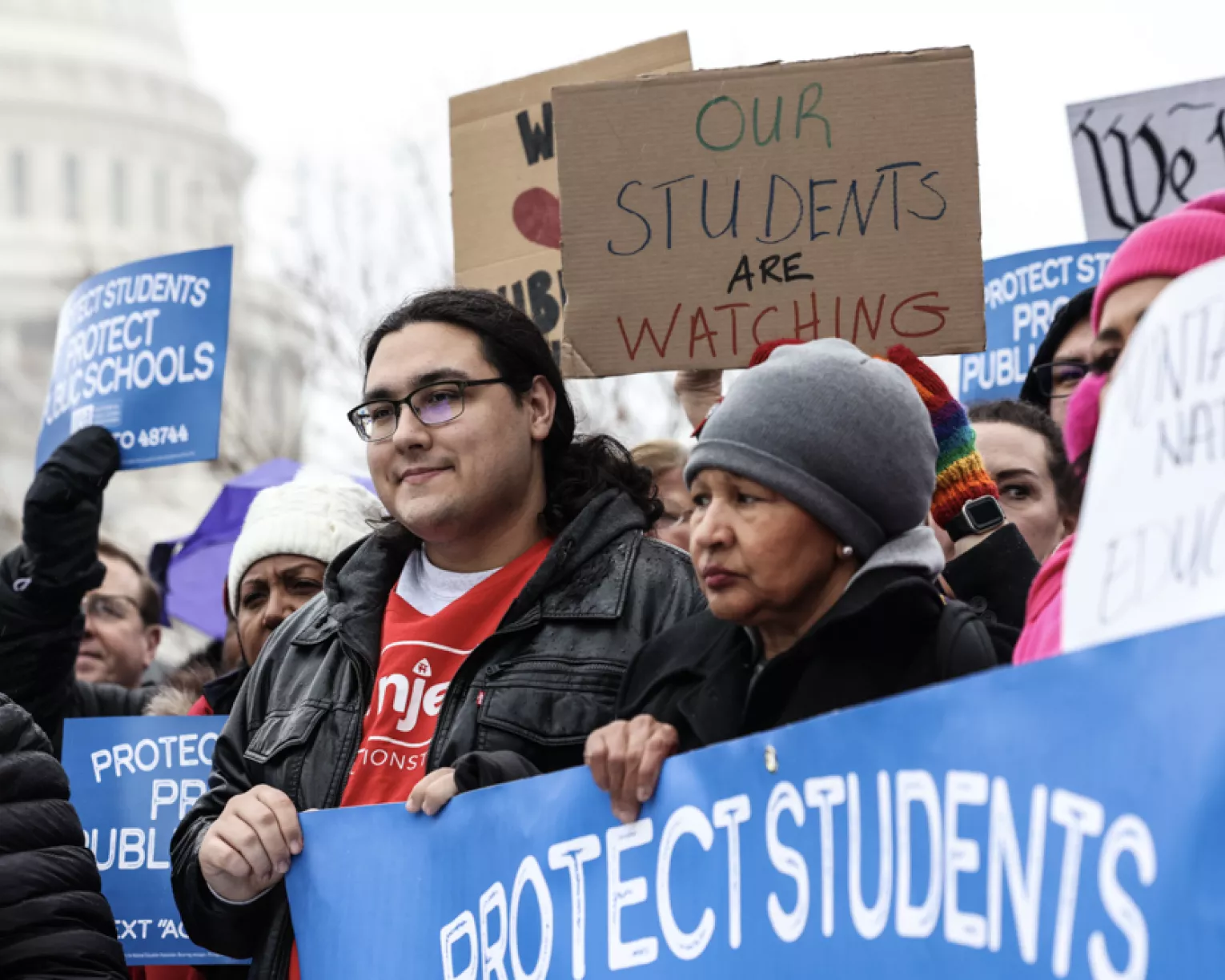Title I was established by Congress in 1965 to provide critical federal funding to support historically underserved preK–12 schools in under-resourced communities, giving all students across race, place, background, and ability the opportunity to receive a fair, equitable, and high-quality education.
At Title I schools, families, school staff, and the community provide input to support decision-making on what is best for their students. To meet the needs of various communities, Title I offers flexibility. It has supported students in myriad ways, providing:
- Additional teachers and paraprofessionals to reduce class sizes;
- Family engagement activities, such as workshops that educate parents and caregivers on how to support learning at home and at school;
- Coaches that improve instruction;
- Preschool and full-day kindergarten as well as afterschool and summer programs that increase learning time;
- Devices and software so that students can access digital learning materials and collaborate with peers;
- Positive behavior interventions, counseling, and mentorship programs;
- Evidence-based strategies to accelerate the acquisition of content knowledge for emergent multilingual learners; and
- Activities to prepare students for advanced coursework.
Cutting or eliminating Title I funds, or “block granting” the funds—that is, sending the funding to states with little or no strings attached—would harm the academic progress of the 26 million students currently served in nearly 90 percent of school districts and nearly 60 percent of all public schools. The program aids students across all communities—urban, suburban, and rural—and students of all races, ages, and backgrounds.
About 95 percent of Title I schools use the funding to operate schoolwide programs in which all students benefit. If Title I is converted to a block grant, the protections that ensure historically underserved students receive the services they need to be successful would no longer be enforced. Even worse, states would be able to siphon the Title I funding to voucher programs that would move students out of the public school system into private schools without accountability or transparency requirements. This would turn the original intent of the program on its head, leaving behind students attending public schools in marginalized communities while enriching the families of those students already attending private school.
Just as important, local communities and states with fewer or no Title I dollars, which are public tax dollars, would be forced to raise taxes or cut services to make up the difference. Educators would suffer; those supported by Title I dollars would be terminated—translating to a loss of 200,000 jobs. Rural communities, where the public school district is one of the largest employers, then would suffer the impact on the local economy.
We must protect Title I and equal opportunity for all students across race, place, background, and ability. Take action and email your member of Congress to support the Keep Our Pact Act that would create a mandatory 10-year path to fully funding both Title I and the Individuals with Disabilities Education Act (IDEA).
Calling your elected officials is one of the most effective ways to make your voice heard. Call your member of Congress and urge them to oppose cuts to public education funding.
Downloads
Join Our Movement



